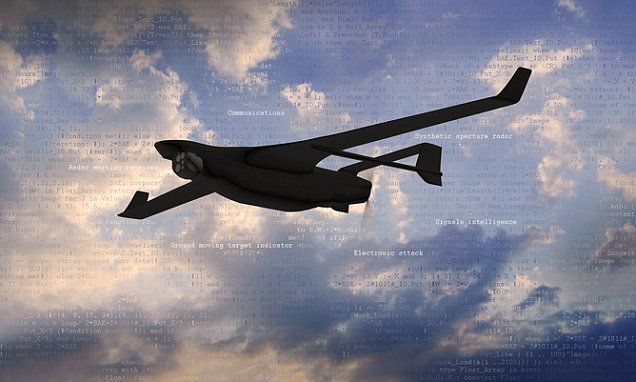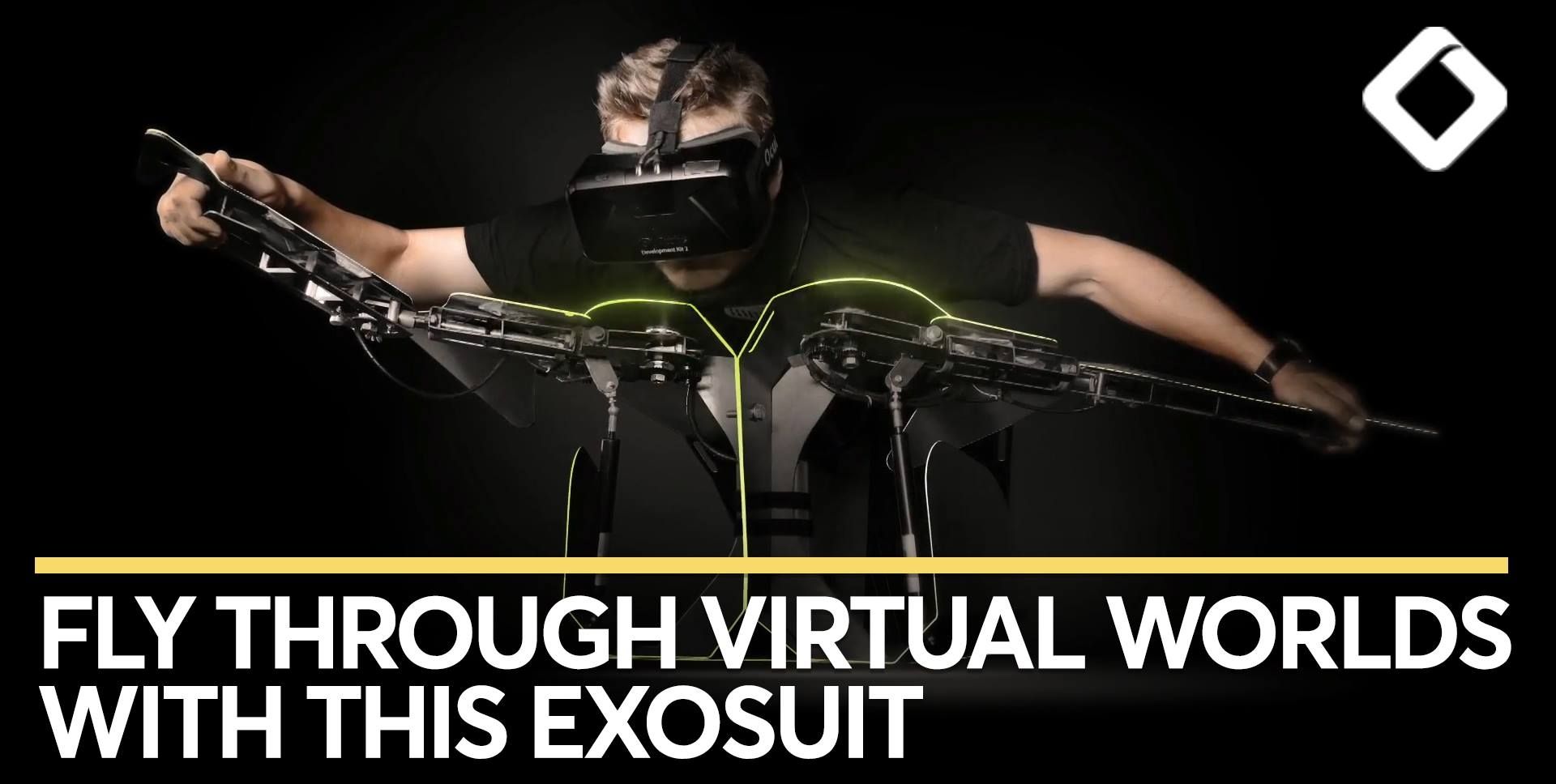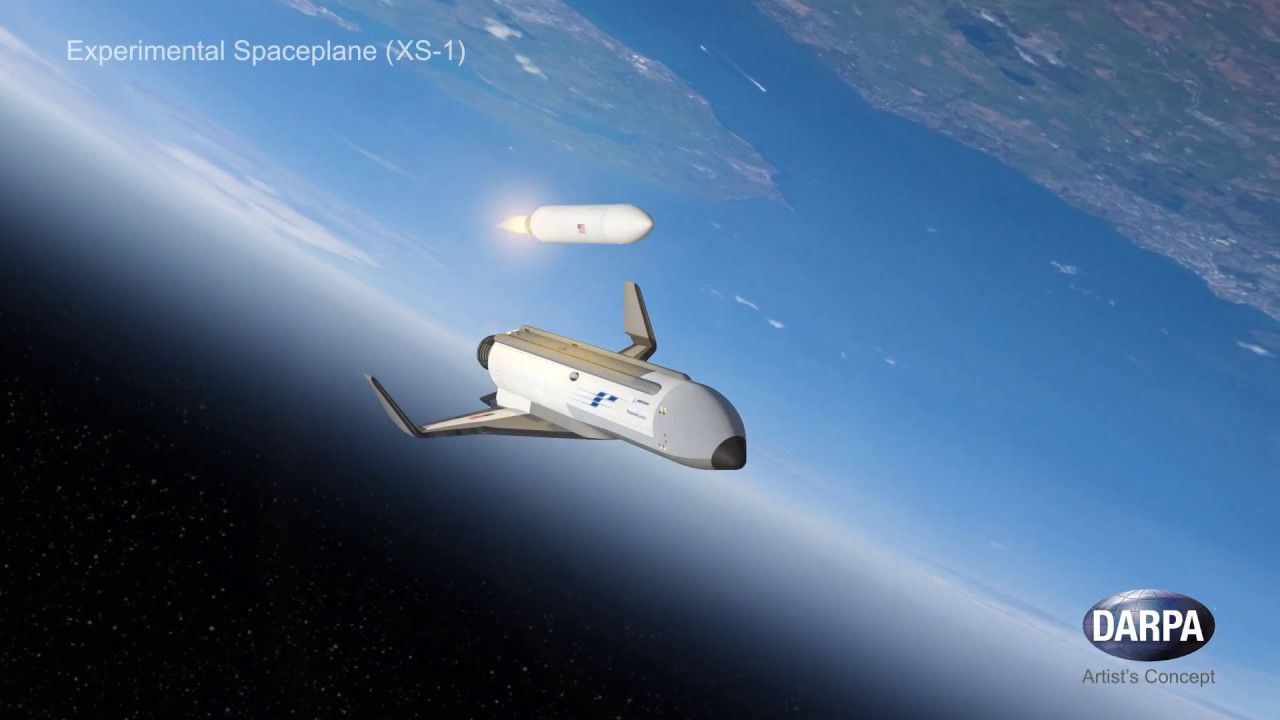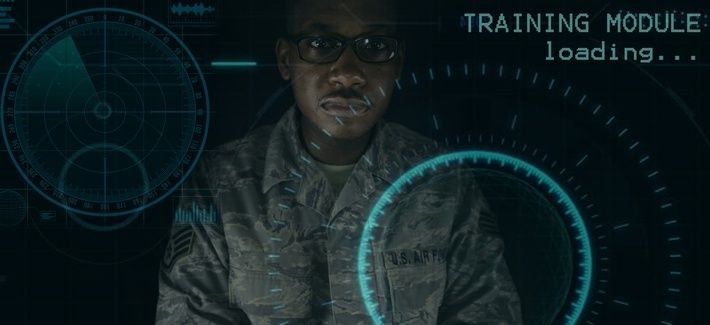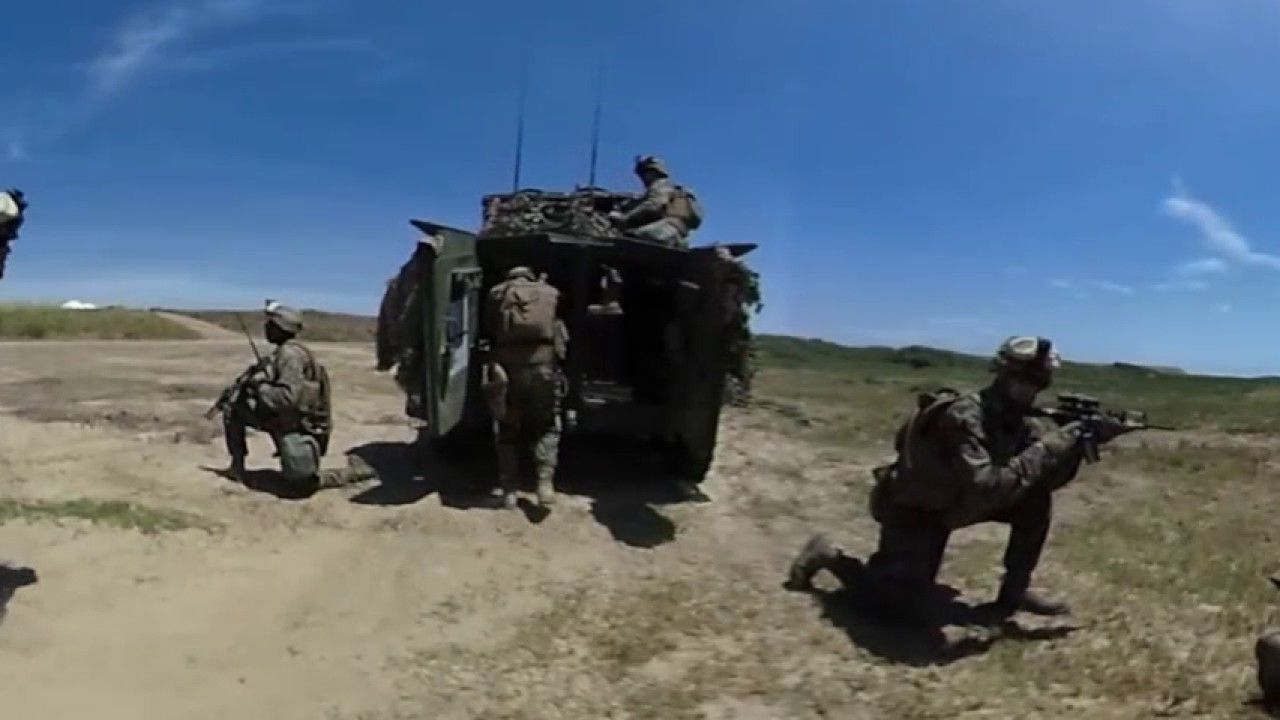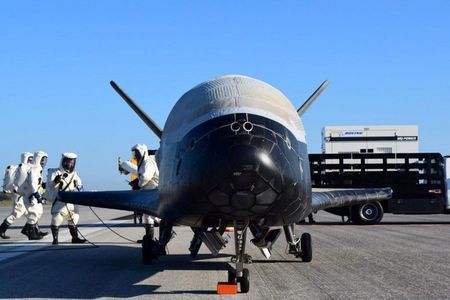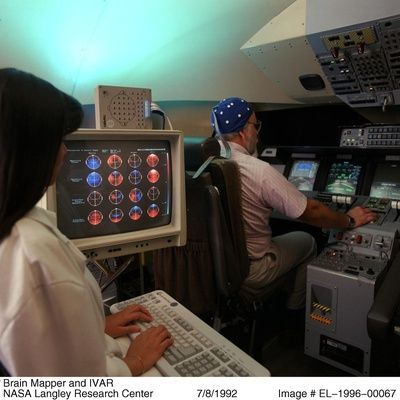DARPA has unveiled a system that transforms its unmanned aerial systems (UAS) into warfare machines capable of conducting different missions without human intervention.
Prior to the announcement, the compact drones were only able to carry a single-function payload, which limited their abilities to one specific task in the field.
Now, a new effort, called Converged Collaborative Elements for RF Task Operations (CONCERTO), has provided the UAS with a flexible RF architecture that uses shared hardware – allowing the devices to swap missions mid-flight.
